What do August Sander, Bernd and Hilla Becher, and Martin Parr have in common? Not a lot it would seem, but on visiting the latest programme of exhibitions at the National Museum Cardiff, the connections become clear. Typologies, systems of classifications, and social analysis are common themes — from the Becher’s systematic approach to documenting industrial structures, to Sander’s portraits of the German nation, and Parr’s continued work on building a personal archive of Britain.
The exhibitions comprise the museum’s first ‘photography season’, part of the institution’s continued commitment to the medium since Magnum photographer David Hurn donated approximately 1,500 of his own photographs and 700 from his private collection in 2017. The donation was made on the basis that the museum would open a permanent photography gallery, which was completed in 2017 and has been operating with bi-annual exhibitions, drawing on work from the museum’s collection.
“It is a really interesting mix of work that we have here,” says senior curator of photography Bronwen Colquhoun, explaining the museum’s diverse collection of photographic material, which ranges from prints by early British photographers such as Roger Fenton, to the theatrical images of Angus McBean, and photojournalism of Philip Jones Griffiths. The museum currently holds over 500,000 photographs that span departments such as natural science, geology, and social and industrial history, including images by Welsh pioneer John Dillwyn Llewelyn, and the first edition of The Pencil of Nature by William Henry Fox Talbot.
The current exhibitions, which are free to the public, are predominantly made of loaned photographs, and take place in the museum’s west wing. Occupying the space known as the ‘contemporary art room’ are 86 portraits from Sander’s monumental project, People of the Twentieth Century, drawn from Tate’s ARTIST ROOMS, a touring collection of over 1,600 works by 42 major artists. From painters and policemen to bricklayers and breadmakers, Sander’s portraits from the early 1900s are titled by profession and categorised into seven ‘portfolios’: The Farmer; The Skilled Tradesman; The Woman; Classes and Professions; The City; The Artists; and The Last People.
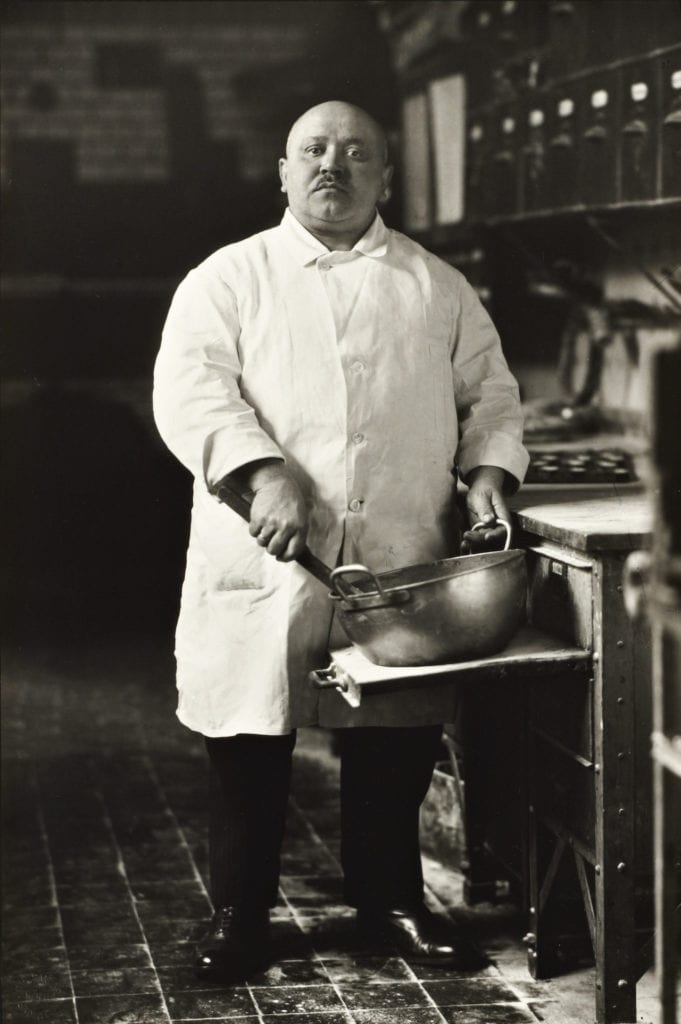
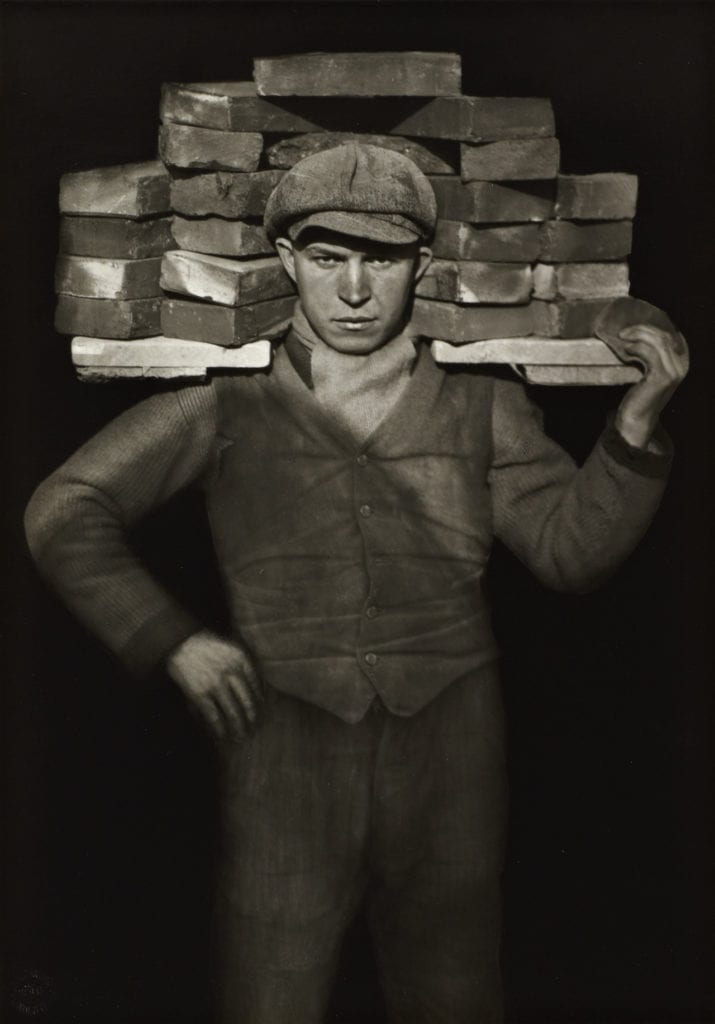
Up a flight of stairs, Bernd and Hilla Becher: Industrial Visions, brings together 225 images hung in the artists’ epochal grid formations. The exhibition, co-curated by Dr Russell Roberts, is the last show that Hilla Becher selected before her death in 2015. “It is a reflection of the work she wanted to be included,” says Colquhoun, who, following the exhibition, hopes the museum will acquire a Becher typology. “It would be a wonderful acquisition for Wales and a great legacy for the show.”
The Bechers were influenced by Sander’s systematic approach, and have exhibited alongside the prolific German photographer in the past, most recently in an exhibition curated by Hilla Becher in 2014 at the Bruce Silverstein Gallery, New York, titled August Sander/Bernd and Hilla Becher: ‘A Dialogue’. But for Parr, exhibiting alongside these two 20th century icons is a first.
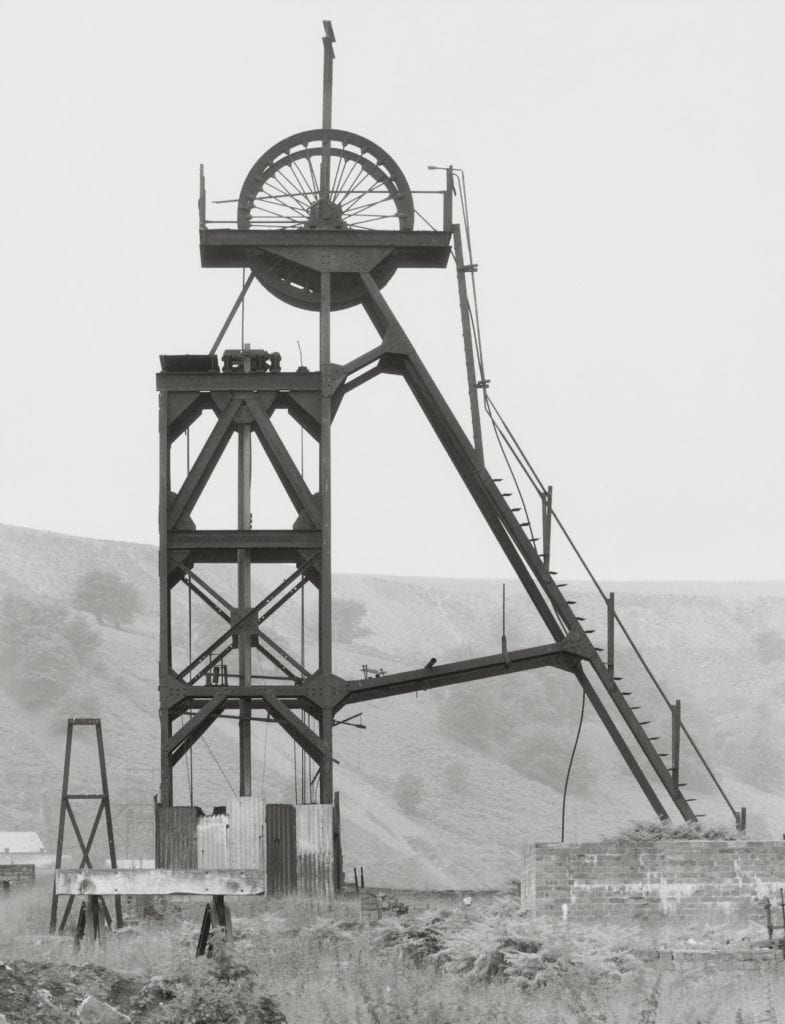
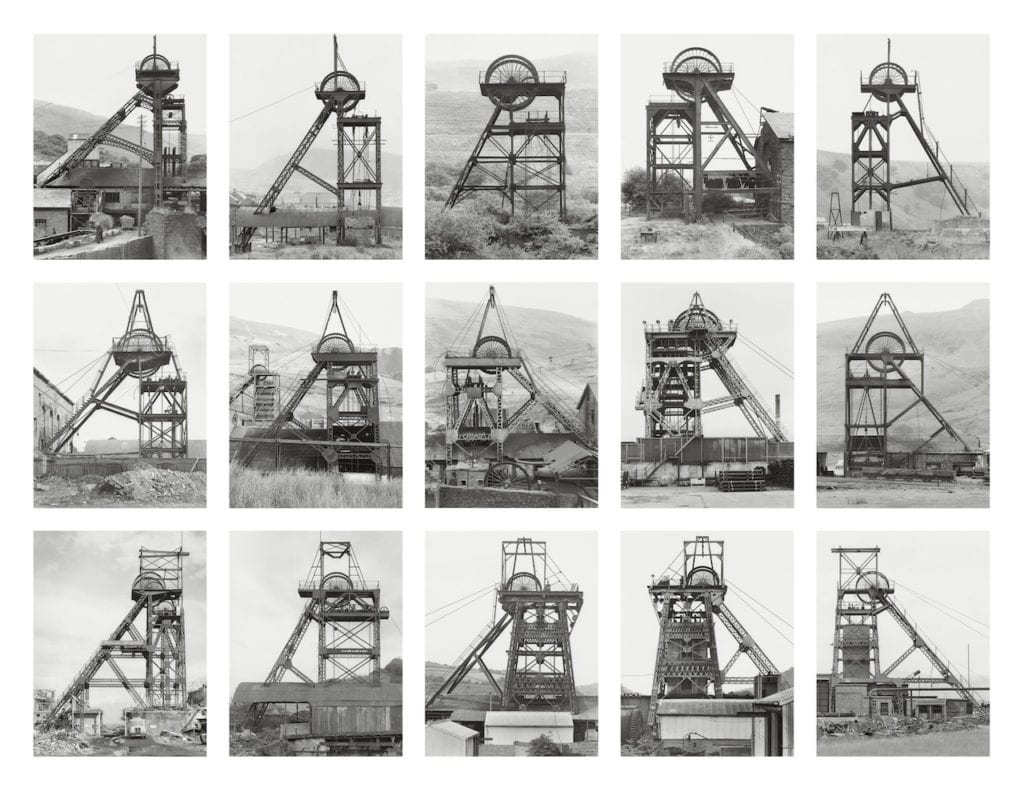
“I’m totally flattered, surprised, and delighted,” says Parr, who is exhibiting a selection of work made in Wales from the mid-1970s to 2018, just across the museum’s pillared hallway, in the recently established photography gallery. “I’m acutely aware of the amazing and pioneering work that Sander did. How can anyone doing portraits not be mindful of his incredible contribution and analysis of different types of people in society? That is something I subscribe to.”
Parr’s exhibition combines commissioned photographs with personal work. “It’s not meant to be a portrait of Wales,” Parr points out. “The aim is to build up a personal archive that will be part of my legacy. I’m looking for new chapters in my representation of the UK.” Out of all the regions in the UK, Parr has the least photographs of Wales, but taking part in this exhibition has made him want to accelerate his documentation of it.
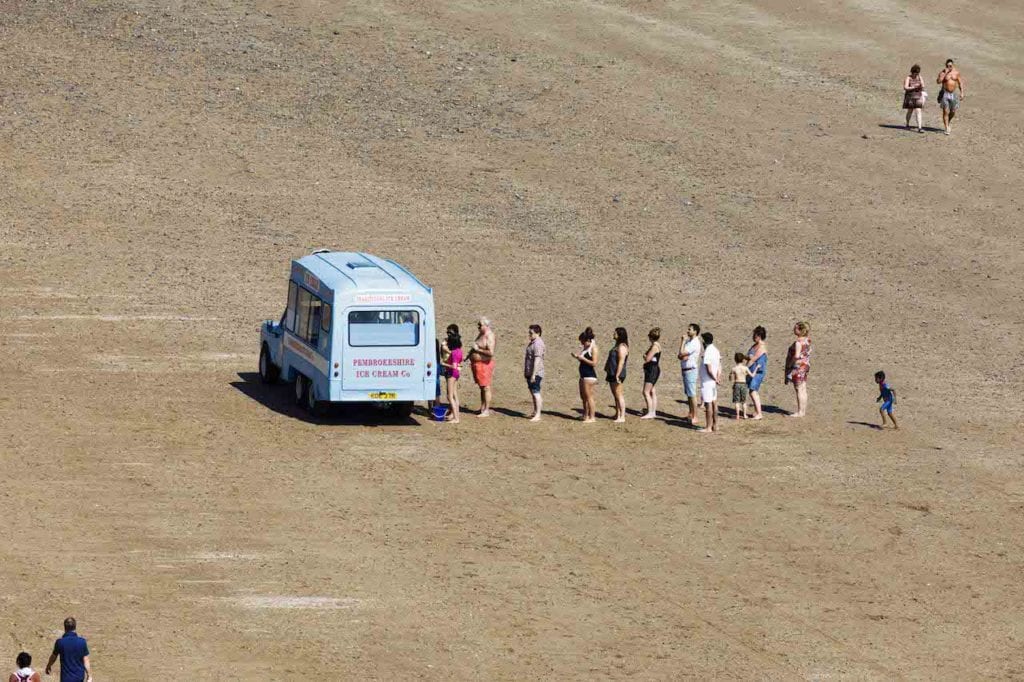
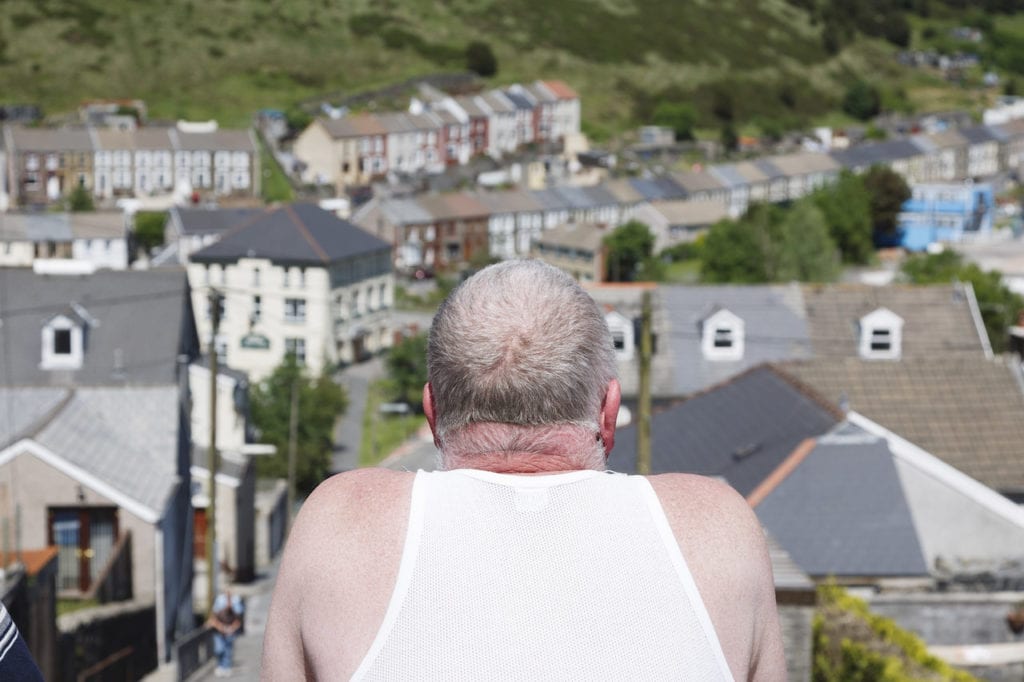
The museum has acquired six Martin Parr prints through the exhibition. For future programmes, the institution will continue to look within their own collection but also consider what they would like to collect in the future and work on shows that may enable this. “We want to build on the momentum of opening the photography gallery,” says Colquhoun, who hopes to organise a photography season every two to three years. “We hope that it will become a destination for photography.”.
ARTIST ROOMS: August Sander and Bernd and Hilla Becher: Industrial Visions will be on show at National Museum Cardiff until 01 March 2020. Martin Parr in Wales will be on show until 04 May 2020.
—
